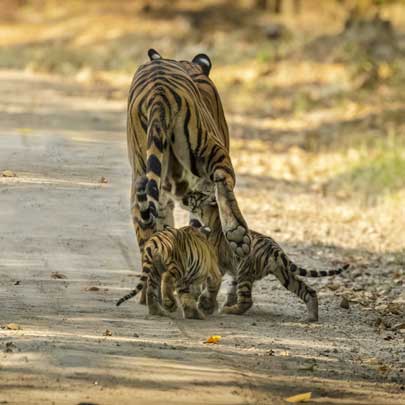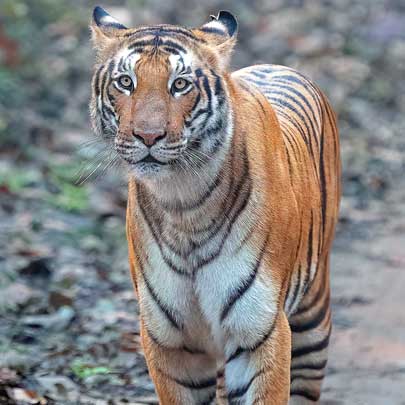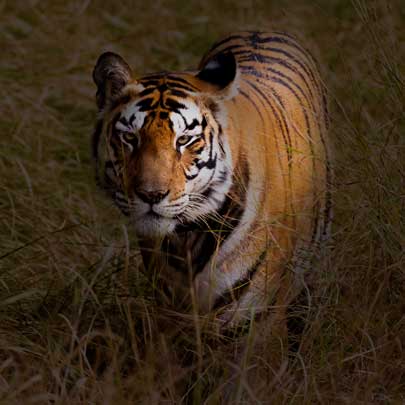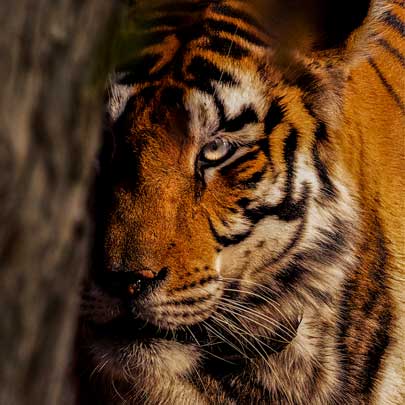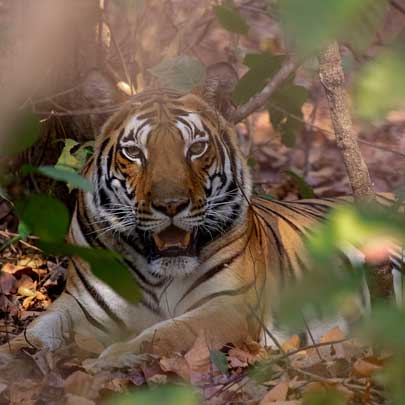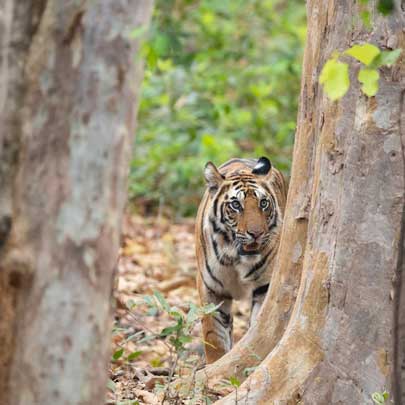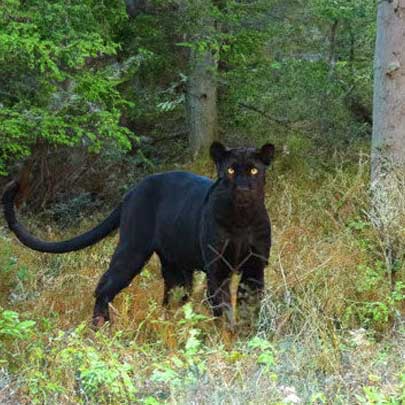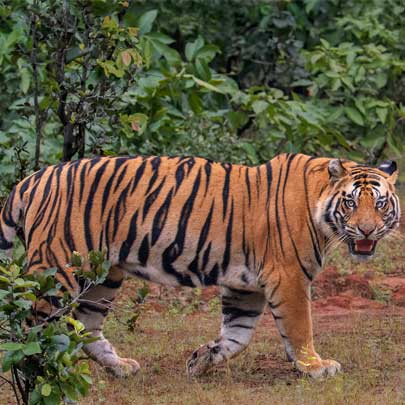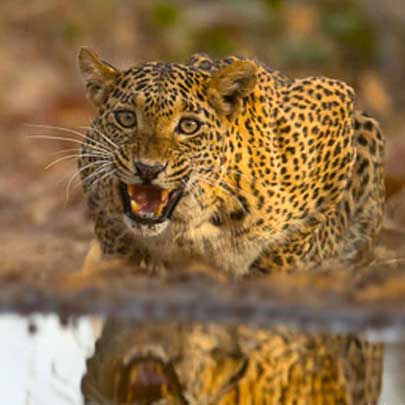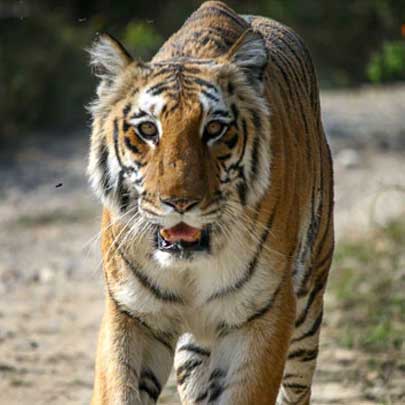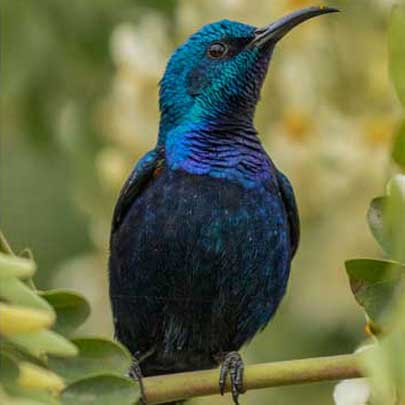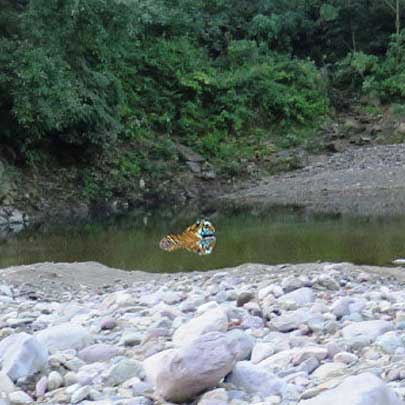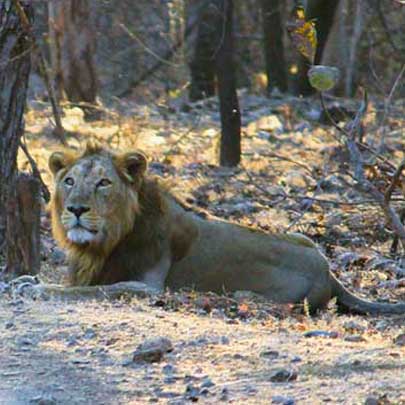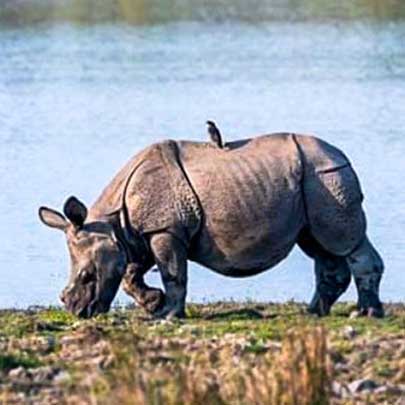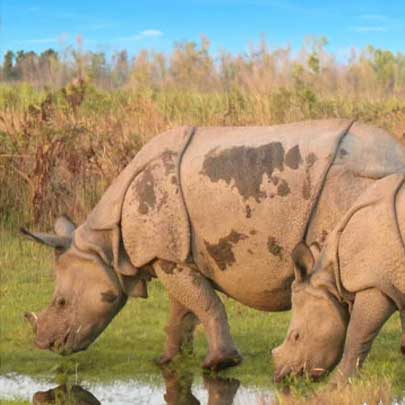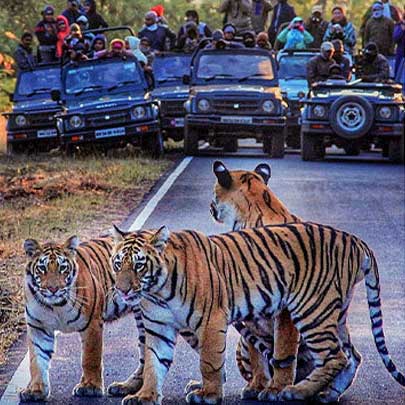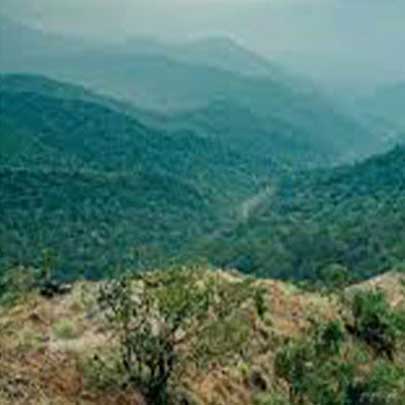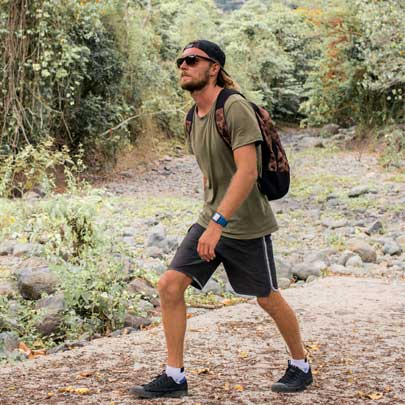The Best Time to Visit National Parks in India: A Comprehensive Guide
The Best Time to Visit National Parks in
India: A Comprehensive Guide
India, with its rich biodiversity and vast landscapes, is home to some of the most remarkable national parks in the world. From the lush forests of Madhya Pradesh to the snow-covered trails of Himachal Pradesh, the Indian subcontinent offers an awe-inspiring experience for wildlife lovers and nature enthusiasts. But when is the best time to visit national parks in India? Planning your trip at the right time can dramatically enhance your wildlife experience.
In this blog, we explore the best seasons to visit different national parks across the country, how weather affects wildlife sightings, and why timing your trip is key. We also highlight the conservation efforts of organizations like Wildlense Eco Foundation, making your journey not only exciting but also meaningful.
Why Timing Matters for National Park Visits in India
The best time to visit national parks in India largely depends on two key factors: climate and wildlife activity. Most parks in India are open from October to June, with peak wildlife sightings typically occurring during the dry season (March to June) when animals congregate near water sources.
Traveling at the right time not only increases your chances of spotting elusive species like the Bengal tiger, leopard, or Asiatic lion but also offers a more comfortable and safe travel experience.
Best Seasons to Visit Popular National Parks in India
1. Jim Corbett National Park, Uttarakhand
-
Best Time to Visit: November to June
-
Highlights: Tiger sightings, birdwatching, elephant herds
Jim Corbett, the oldest national park in India, is a haven for birdwatchers and big cat enthusiasts. While parts of the park remain open throughout the year, the best sightings happen during the summer months.

2. Ranthambore National Park, Rajasthan
-
Best Time to Visit: October to April
-
Highlights: Bengal tigers, ancient ruins, safari tours
This iconic park is known for its high tiger density and picturesque settings. Cooler months offer pleasant weather and improved wildlife visibility.
3. Kanha National Park, Madhya Pradesh
-
Best Time to Visit: Mid-October to June (March to May for best tiger sightings)
-
Highlights: Barasingha, tigers, dense Sal forests
Kanha is one of the most scenic and well-maintained national parks in India. Summer is harsh but increases your chance of spotting wildlife.

4. Bandhavgarh National Park, Madhya Pradesh
-
Best Time to Visit: October to June (April to May for best sightings)
-
Highlights: High tiger density, fort ruins, jeep safaris
Bandhavgarh has one of the highest densities of Bengal tigers, making it a favorite among photographers and wildlife enthusiasts.
5. Sundarbans National Park, West Bengal
-
Best Time to Visit: November to March
-
Highlights: Royal Bengal Tiger, mangrove forests, boat safaris
The winter months are ideal for exploring the mystical mangrove ecosystem of the Sundarbans, with mild weather and better chances to spot tigers.
6. Kaziranga National Park, Assam
-
Best Time to Visit: November to April
-
Highlights: One-horned rhinoceros, swamp deer, elephants
Kaziranga is a UNESCO World Heritage Site and offers a unique landscape. Avoid the monsoon season when the park is closed due to flooding.
7. Periyar National Park, Kerala
-
Best Time to Visit: October to March
-
Highlights: Elephant herds, boat cruises, evergreen forests
Located in the Western Ghats, Periyar provides a mix of tranquil scenery and wildlife spotting opportunities, especially via boat safaris.
8. Gir National Park, Gujarat
-
Best Time to Visit: December to March
-
Highlights: Asiatic lions, leopards, antelopes
Gir is the only place in the world where you can see Asiatic lions in the wild. Winter is the best time due to cooler temperatures and better animal activity.

General Guide: Monthly Wildlife Sightings Calendar
| Month | Regions/Parks to Visit | Notes |
|---|---|---|
| October | Ranthambore, Kanha, Bandhavgarh | Parks reopen post-monsoon, lush landscapes |
| November | Corbett, Sundarbans, Kaziranga | Ideal weather, good sightings |
| December | Gir, Periyar, Corbett | Cool weather, peak tourist season |
| January | All major parks | Comfortable climate, busy season |
| February | Sundarbans, Kaziranga, Ranthambore | Pleasant weather, great for birdwatching |
| March | Kanha, Bandhavgarh, Pench | Start of dry season, animal movement increases |
| April | Bandhavgarh, Ranthambore, Kanha | Excellent tiger sightings |
| May | Pench, Tadoba, Bandhavgarh | Very hot but best for big cat photography |
| June | Jim Corbett, Tadoba, Kanha | End of the season before monsoon begins |
Wildlife Conservation and Responsible Tourism
While planning your wildlife adventure, it’s important to consider your ecological footprint. Supporting organizations like Wildlense Eco Foundation can help make your journey sustainable. Wildlense Eco Foundation is actively involved in:
-
Wildlife conservation
-
Eco-tourism development
-
Community empowerment
-
Nature education programs
By choosing accommodations and safari providers aligned with eco-friendly practices, travelers contribute to preserving India’s natural heritage.
Travel Tips for Visiting National Parks in India

-
Book Early: Especially during peak season (December to April), safari slots and accommodation fill up quickly.
-
Dress Accordingly: Light, neutral-colored clothes are ideal. Carry warm layers for early morning safaris.
-
Respect Park Rules: Maintain silence, avoid littering, and never feed animals.
-
Hire Certified Guides: Their knowledge enriches the safari experience and ensures safety.
-
Support Local Initiatives: Shop local, hire local guides, and stay at eco-resorts.
Conclusion
The best time to visit national parks in India varies depending on the park and your interest in specific wildlife sightings. From the tiger-rich forests of Madhya Pradesh to the wetland wonders of Kaziranga, each park has a unique season when nature unveils its most majestic face. By planning your trip wisely and supporting conservation organizations like Wildlense Eco Foundation, you ensure a more fulfilling and responsible adventure into India’s wild heart.
So, pack your bags, ready your camera, and embark on a journey where the roar of a tiger or the flutter of a bird's wings become memories for a lifetime.

























